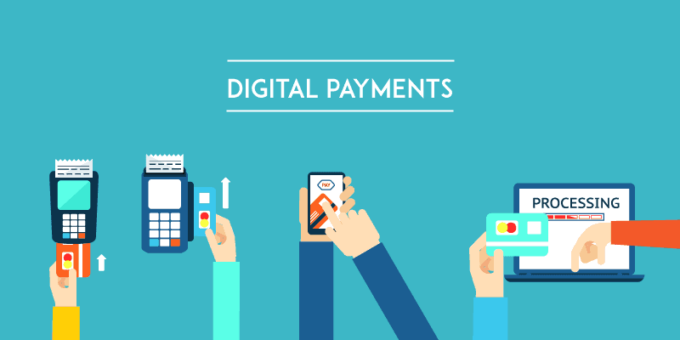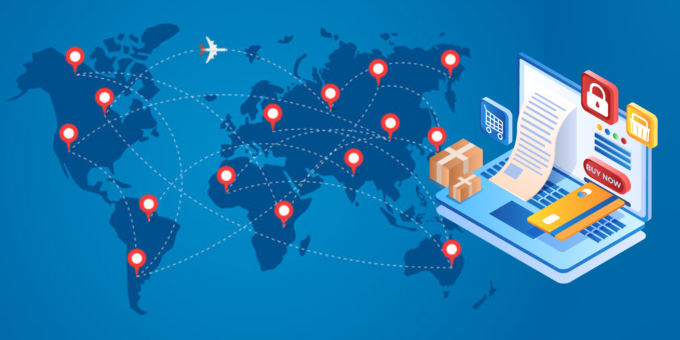The evolution of business payments has been marked by significant technological advancements and changing consumer expectations. Traditionally, business payments relied on physical currency, checks, and manual bank transfers.
With the advent of digital technology, electronic payments began to gain traction, leading to the widespread adoption of credit and debit cards, online banking, and mobile payments. Card machines for business have become a necessity.
Today, the payments landscape is being revolutionized by innovative technologies, making transactions faster, more secure, and more convenient than ever before.
The Rise of PayTech

Source: digitalinsight.ai
PayTech encompasses a broad range of innovative solutions designed to facilitate digital payments.
It includes technologies such as open banking, real-time, cross-border, wallets, embedded payments, and central bank digital currencies (CBDCs).
PayTech aims to make payments more efficient, secure, and accessible.
Key Forces Driving PayTech
- Open Banking: Enables third-party developers to build applications and services around financial institutions.
- Real-Time: Facilitates instant money transfers, enhancing liquidity and reducing the need for credit.
- Cross-Border: Simplifies international transactions, making them faster and less costly.
- Buy Now, Pay Later (BNPL): Provides consumers with flexible payment options, boosting sales and customer satisfaction.
- Digital Wallets and Super Apps: Combine multiple services, including payments, in one platform, increasing convenience for users.
- Embedded: Integrates payment functionalities directly into business software and services, streamlining the payment process.
- Central Bank Digital Currencies (CBDCs) and Digital Currencies: Offer secure and regulated digital alternatives to traditional currencies.
Commerce Transformation
Digital payments are becoming integral to business operations, enabling faster transactions, reducing operational costs, and improving customer satisfaction. Businesses are increasingly integrating solutions into their sales processes, from e-commerce platforms to in-store systems.
Digital Payment Integration in Businesses
- MoneyGram International and Trustly for Cross-Border: This partnership leverages Trustly’s technology to enable faster and more efficient cross-border payments, enhancing MoneyGram’s service offerings.
- CRIF and BMW Financial Services for Automotive Finance: By integrating digital payment solutions, CRIF and BMW Financial Services streamline the financing process for customers, improving the overall buying experience.
Trends in Digital Payments

Source: dsim.in
The demand for contact-free and touchless payments is growing, driven by health concerns and convenience. Technologies such as NFC (Near Field Communication), QR codes, and mobile wallets are becoming more popular, allowing consumers to make payments without physical contact.
As digital payments become more prevalent, enhancing security is paramount to protect against fraud and cyber threats.
- Cyber Security Measures and Their Importance: Implementing robust cybersecurity measures is essential to safeguard sensitive payment information and maintain customer trust.
- Use of Biometrics and Digital Verification: Technologies like facial recognition, fingerprint scanning, and digital ID verification are being used to enhance the security of digital transactions.
Adoption of Alternative Payment Methods (APMs)
Alternative payment methods, including cryptocurrencies, digital wallets, and BNPL, are gaining traction as consumers seek more flexible and convenient payment options.
Challenges and Solutions in Cross-Border Digital Commerce

Source: rsa.global
Cross-border digital commerce faces challenges such as currency conversion, regulatory compliance, and fraud risk. Solutions like blockchain technology, advanced fraud detection systems, and streamlined regulatory frameworks can help address these issues.



